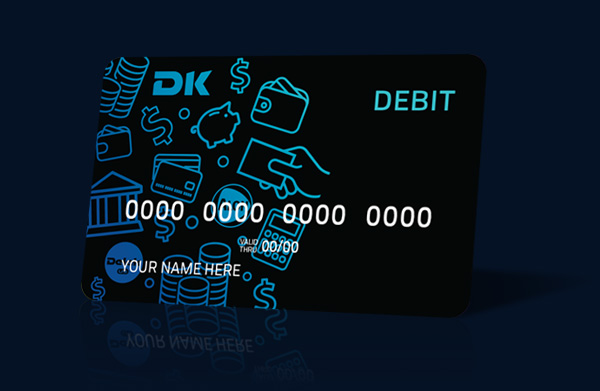Alon Gas & Diesel: The Heart of Small-Town Convenience
Alon is your trusted local gas station, serving the community for over 20 years with oil sourced from the Southern United States. Stop by a fuel station near you and enjoy convenient features like tap-to-pay and 24/7 pumps.
Let's Play

Enter Now for Your Chance to Play
Get your chance to win a spin on the wheel and incredible fuel-focused prizes: fuel gift cards, free fuel, and even fuel for life!
Let's GoAlon Fuel:
More Than a gas Station
Our fuel stops are more than just gas. When you’re on the road, you need more than just fuel, and we are always ready to serve – many of our locations are open 24/7, with clean restrooms and multiple food options, essential travel items, and even some automotive supplies.
- Gas Stations with Diesel Looking for a station with diesel? Get more out of every mile with our diesel fuel, designed to keep you moving efficiently over long distances, handle heavy hauls, and maximize high-mileage performance. Find what’s offered at an Alon gas station near you.
- Gas Stations with Hot Food Hungry? Most stations have a hot foods section. You can usually find breakfast sandwiches, Allusps Burritos, roller hot dogs, Hunt Brothers Pizza, taquitos, or Krispy Krunchy Chicken to fill your appetite.
- Gas Stations with Restrooms Enjoy a hassle-free pit stop with clean, accessible restrooms whenever you need a break, so you can get back on the road refreshed and ready to go.

Convenient Payment Options
Enjoy flexible payment options at most Alon locations, including Apple Pay, American Express, and major credit/debit cards. Want to save even more? Sign up for an Alon/DK Debit Card and start saving even more!

Fueling Rural Communities
At Alon, our stations are community hubs where every dollar spent supports local economies and jobs. Reliable fuel access empowers farmers, truckers, and small businesses, ensuring goods and services reach their destinations. Together, we bridge the gap between rural and urban communities, building economic resilience.
Giving Back to Our Communities,
One Partnership at a Time
We are committed to giving back to our local communities, and one way we accomplish this is through our charitable partnerships. Through our registered charities your purchases fuel a stronger community.

Connect With Us
Have a question or comment? Contact us here
Join the Text Club
Text SUBSCRIBE to 71057
*Message and data rates may apply



